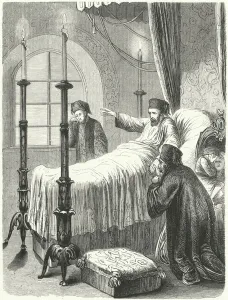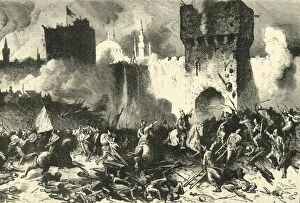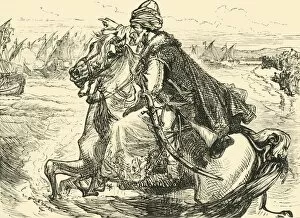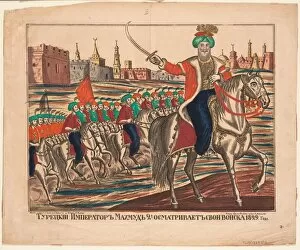Mahmud Ii Collection
Mahmud II, the young prince and heir to the Sultan's throne in the Ottoman Empire, was a significant figure in history
All Professionally Made to Order for Quick Shipping
Mahmud II, the young prince and heir to the Sultan's throne in the Ottoman Empire, was a significant figure in history. He reigned from 1808 until his death in 1839, leaving behind a lasting legacy. During his rule, Mahmud II faced numerous challenges and made several important decisions that shaped the course of his empire. One notable event was the Battle of Karpenisi in August 1823, where Markos Botsaris fought alongside him against their common enemy. This battle became an iconic moment symbolizing Mahmud II's determination to defend his empire. In addition to military exploits, it also implemented reforms within his empire. Known for modernization efforts, he aimed to strengthen central authority and weaken regional power bases. The Suspended Congress of circa 1829 exemplifies this approach as it showcased Mahmud II's desire for centralized control over political decision-making processes. Despite facing resistance from conservative factions within society and opposition from foreign powers like Persia during this time period after 1450 A. D. , Mahmud II remained steadfast in pursuing progress for his empire. His commitment is evident through depictions such as Turkish Emperor Mahmud II leading his troops by an anonymous artist in 1852. The impact of Mahmud II's reign extended beyond domestic affairs; he also played a role on the international stage. Notably, he witnessed historical events like Mohammed II Encouraging His Seamen and The Final Assault on Constantinople (29 May 1453). These events reflect both the significance of Constantinople as well as its eventual fall under Ottoman rule centuries before Mahmoud's reign began. Tragically, Sultan Mahmoud met an untimely demise in 1839 but not without leaving behind a mark on history. Depicted vividly through engravings like Death of Ottoman Sultan Mahmoud II (1839), we remember him as a leader who strove for progress amidst challenging circumstances. Mahmud II's reign was one of transformation and determination.












